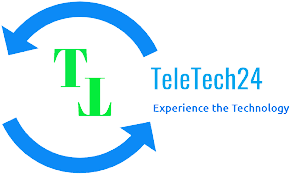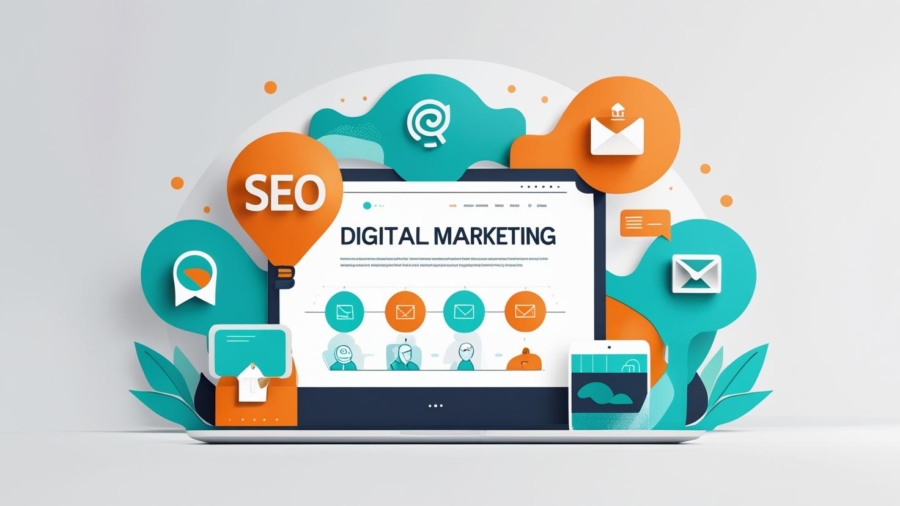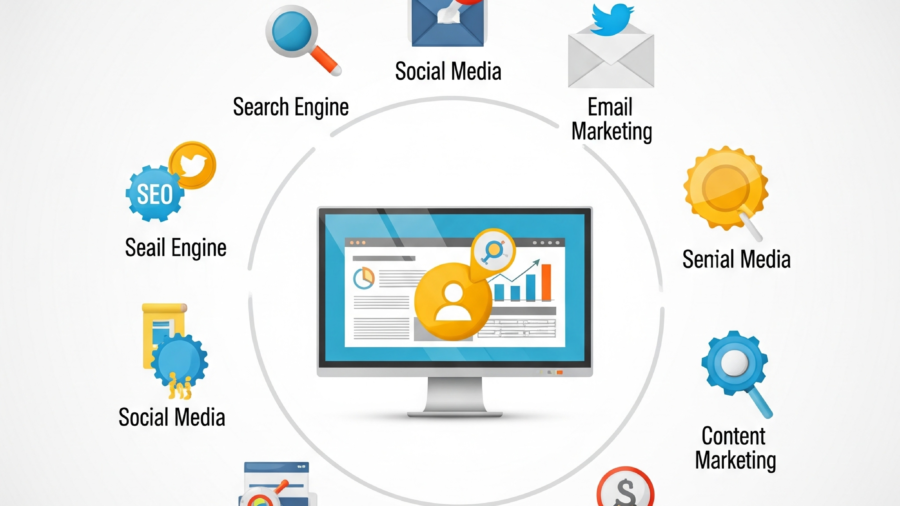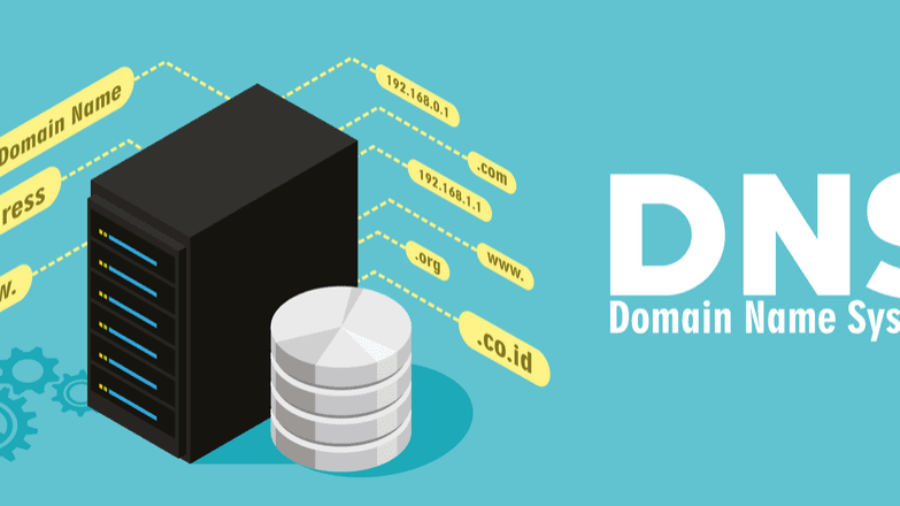In the previous chapter, we defined digital marketing and touched upon its significance. Now, let’s delve deeper into why digital marketing has become not just a viable option, but an absolute necessity for businesses operating in today’s landscape, especially within a dynamic market like India.
The Universal Digital Consumer
The most compelling reason for embracing digital marketing is the sheer presence and activity of your potential customers online. India has witnessed an explosive growth in internet penetration and mobile usage in recent years. Millions of Indians are now online, spending a significant portion of their day browsing social media, searching for information, shopping, and consuming digital content.
- Vast Reach: Digital platforms offer unparalleled reach to a massive and diverse audience across the country, overcoming geographical limitations.
- Mobile-First Mindset: With affordable smartphones and data plans, mobile has become the primary gateway to the internet for many Indians. Your digital marketing strategy must prioritize mobile optimization.
- Active Online Behavior: From researching products and services to engaging with brands on social media, Indian consumers are actively participating in the digital space.
Precision Targeting and Personalization
Unlike traditional marketing methods that often cast a wide net, digital marketing empowers you to target specific demographics, interests, behaviors, and even geographical locations. This precision ensures that your marketing efforts are directed towards those most likely to be interested in your offerings
Measurable Results and Data-Driven Decisions
One of the most significant advantages of digital marketing is its measurability. Unlike traditional campaigns where tracking effectiveness can be challenging, almost every aspect of a digital marketing effort can be monitored, analyzed, and optimized.
- Trackable Metrics: Key performance indicators (KPIs) like website traffic, click-through rates (CTR), conversion rates, engagement metrics, and return on ad spend (ROAS) can be accurately tracked.
- Data-Driven Insights: The wealth of data generated by digital marketing campaigns provides valuable insights into audience behavior, campaign performance, and areas for improvement.
- Continuous Optimization: By analyzing data, you can identify what’s working and what’s not, allowing you to make informed decisions and continuously optimize your strategies for better results.
Cost-Effectiveness and Scalability
- For businesses of all sizes, especially startups and SMEs in India with budget constraints, digital marketing often offers more cost-effective solutions compared to traditional advertising. It also provides the flexibility to scale campaigns based on performance and budget.
- Budget Flexibility: Digital marketing allows you to set budgets that align with your financial capacity and adjust them as needed.
- Higher ROI Potential: The precision targeting and measurability of digital marketing often lead to a higher return on investment compared to traditional methods.
- Scalable Campaigns: You can start with smaller campaigns and gradually scale them up as you see positive results.
Building Brand Awareness and Engagement
Digital platforms provide numerous opportunities to build brand awareness, establish thought leadership, and engage directly with your audience.
- Consistent Brand Presence: Maintaining an active and consistent presence across relevant digital channels helps build brand recognition and recall.
- Direct Interaction: Social media and other platforms allow for direct communication with customers, fostering relationships and building community.
- Content Marketing for Value: Creating and sharing valuable content positions your brand as an authority in your industry, attracting and engaging your target audience.
Competitive Advantage
In today’s competitive landscape, particularly in a vibrant and growing market like India, businesses that effectively leverage digital marketing gain a significant advantage. Those who fail to adapt risk being left behind.
- Reaching Modern Consumers: Your competitors are likely already engaging with customers online. You need to be where your audience is.
- Staying Relevant: A strong digital presence helps your brand stay relevant in the eyes of today’s tech-savvy consumers.
- Adapting to Market Trends: Digital marketing allows you to quickly adapt to changing consumer behavior and emerging market trends.
Building Customer Loyalty
Digital marketing is not just about acquiring new customers; it’s also crucial for nurturing existing relationships and building customer loyalty.
- Personalized Communication: Tailored email campaigns and social media interactions can make customers feel valued.
- Exceptional Customer Service: Providing online support and promptly addressing queries builds trust and loyalty.
- Loyalty Programs and Incentives: Digital channels facilitate the implementation and promotion of loyalty programs that reward repeat customers.







